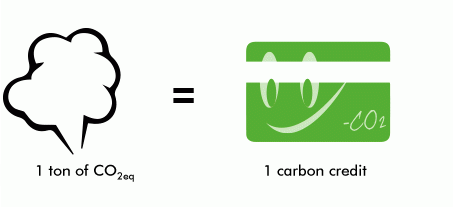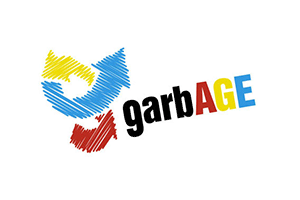asja -CO2

How to reduce your CO2 emissions.
The asja -CO2 system allows to cancel the climate-changing emissions resulting from any human activity by compensating with carbon credits. The credits derive from the CO2 emissions avoided thanks to the production of electricity from renewable sources in the Asja plants.
Clean air needed
Average temperatures during last year were the highest ever, while in the same period CO2 concentration in the atmosphere never dropped below the 400 ppm treshold. This trend must be reversed.
Countries convening in Paris for COP 21 decided to limit global temperature rise to 2 °C. In order to achieve this goal, we must reach net zero emissions as soon as possible. This implies the adoption of more efficient heating technologies, of sustainable mobility and production models and a wider use of renewable energy.
Carbon credits, what are they?
A carbon credit is a tradable certificate representing a ton of CO2eq avoided. The carbon credits we trade come from our renewable energy projects in Italy, Brazil and China, and represent the emissions avoided by generating clean energy in these plants.

In particular, these credits are:
asja -CO2 Italy
VERs – Voluntary Emission Reduction (s) – generated from renewable energy plants that Asja built and manages in Italy, verified and certified under the asja -CO2 register by RINA, a global leading certification body;
asja -CO2 worldwide
CERs – Certified Emission Reduction (s) – generated from biogas-to-energy plants that Asja built and manages in Shenyang (China), Belo Horizonte, Uberlândia, Sabarà, João Pessoa and Jaboatão (Brazil); these projects are registered as CDM (Clean Development Mechanism) projects, either under UNFCCC (United Nations Framework Convention on Climate Change) validation, or the Gold Standard system.
A ton of CO2 is equivalent to:
the emissions produced by the power consumption of a four-people family
the emissions produced by a mid-size vehicle travelling 5,000 km
the emissions (per passenger) produced by a round-trip transatlantic flight with no layovers
The asja -CO2 system:
calculates
climate-altering emissions deriving from the activity considered, the so-called “carbon footprint”
suggests
and implements the technological solutions for reducing that load of emissions
provides
the carbon credits to offset the remaining emissions
Emission count
Asja -CO2 system calculates CO2 emissions by applying the algorithms developed by ISPRA (the Italian Agency for Environmental Research), that publishes yearly the standard emission factors for:
road transport
data can be accessed here and refer to the average CO2 emissions from the Italian vehicle fleet
power consumption
the average amount of CO2 produced per kWh is calculated by applying the Structural decomposition analysis and the Index Decomposition Analysis.















